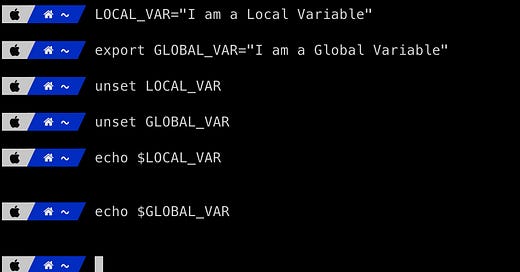How to Set Environment Variables in Linux?
Linux shell has become a constant part of every ML Engineer, Data Scientist and Programmer’s life. We need linux to login to servers, write complex scripts, and run various programs. And sometimes we need linux to install certain programs too.
In such particular cases, you might have seen usage of commands like export and unset. In this article, I will try to explain environment variables, why and when they are used, and how to set them up.
Keep reading with a 7-day free trial
Subscribe to MLWhiz | AI Unwrapped to keep reading this post and get 7 days of free access to the full post archives.



